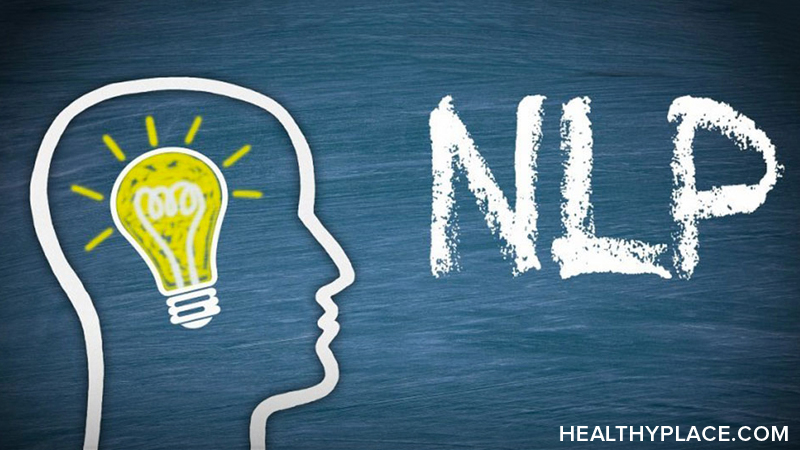Neuro-Linguistic Programming: How Is It Used in Therapy?

Neuro-linguistic programming is an approach to personal development and psychotherapy that was created by Richard Bandler and John Grinder in the 1970s. It is founded on the claim that there is an innate connection between the way our brains work (neurological processes), our language and behavior patterns and our life experiences. Most importantly, Bandler and Grinder believe that all of the above can be changed to help us live happier lives and move closer to our goals. So how is neuro-linguistic programming used in therapy, and does it work?
What Is Neuro-Linguistic Programming?
Neuro-linguistic programming (NLP) is a technique used to help people gain control over their mental processes, emotional health and behaviors. It may sound overly complex, but it can be broken down into three simple elements:
Neurology refers to the inner-workings of the brain
Linguistic means language – the way you talk to yourself and others
Programming refers to the application of new techniques to create change in your life
NLP in psychotherapy is essentially about rewiring your brain using therapeutic techniques to help you overcome mental challenges and move towards the desired outcome. The approach has been used to treat a variety of problems such as phobias, depression, psychosomatic illness and tic disorders.
How Is Neuro-Linguistic Therapy Used?
Due to the varying interpretations of NLP, it can be hard to define. In therapeutic sessions, neurolinguistic programming relies on the conscious use of language to bring about change. In therapy, for example, a practitioner may use NLP techniques to identify your sensory bias to help encourage changes in thought and behavior.
For instance, an NLP practitioner may interpret you repeatedly saying, "I see what you mean" as a bias towards a visual PRS (preferred representational system). Saying "I hear your point" may lead your therapist to identify an auditory PRS, and so on. An NLP therapist will then use this insight to build a therapeutic framework that helps you move closer to your goals.
Neuro Linguistic Programming (NLP) Aims, Benefits and Techniques
The aim of NLP is to help you reach a personal goal, such as overcoming a phobia or becoming more confident at work. Neuro-linguistic techniques can be applied to a number of situations and problems, so the outcome of therapy will be different for everyone.
Neuro-linguistic programming techniques include:
- Rapport: the therapist matches the client's physical behaviors to improve empathy and build a connection
- Anchoring: anchoring positive sensory experiences to certain triggers
- Switch pattern: changing patterns of undesired behavior to achieve a desired outcome
- Visual/kinesthetic dissociation: working to remove negative thoughts and emotions associated with past events
So, can NLP actually improve mental health and wellbeing? It's unclear what therapeutic value this approach has, but the reported benefits of NLP include:
- Can help you achieve work-related goals
- Increases confidence
- Encourages reflection, confidence and communication
- Can help you work towards specific goals
- Encourages personal development
However, it is not easy to determine the effectiveness of NLP against mental illness. This is largely due to the fact that it has not been subject to the same rigorous testing as other, more established, therapies such as cognitive behavioral therapy (CBT).
According to a study conducted by the British Journal of General Practice in 2012, there is little evidence to support the effectiveness of neuro-linguistic programming (NLP) in treating mental health conditions like generalized anxiety, depression and phobia. For this reason, it's important to consult your doctor before seeing an NLP practitioner to make sure it is the appropriate treatment method for you.
APA Reference
Smith, E.
(2019, September 18). Neuro-Linguistic Programming: How Is It Used in Therapy?, HealthyPlace. Retrieved
on 2026, January 17 from https://www.healthyplace.com/other-info/mental-illness-overview/neuro-linguistic-programming-how-is-it-used-in-therapy



